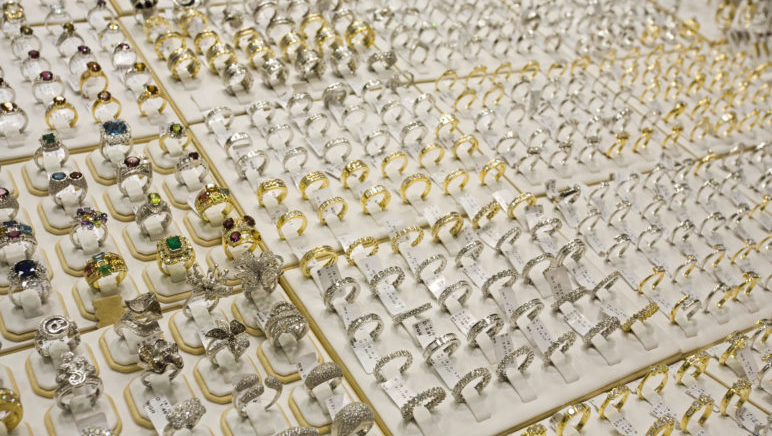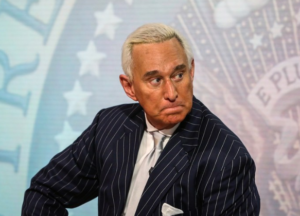Radio Law Talk Segment
Tiffany v. Costco
INTRO:
Trademark law has become an extremely protected and advance sector of law. The case at hand deals with the infringement of Costco, a well-known wholesale store, whom had been using the signage of Tiffany’s well-known trademark to sell its own rings. According to Trademark law and the likelihood and in fact actuality of consumer confusion the use of Tiffany’s trademark has proven to be quite damaging to Costco.
FACTS (brief, 6 sentences):
Costco began branding in store rings as ‘Tiffany” rings. In doing so Costco infringed upon Tiffany, a well-known and classic jewelry companies, trademark. Due to this infringement, the court granted summary judgement in favor of Tiffany in 2015, finding Costco liable for the trademark infringement and awarding Tiffany over 19 million in damages for the infringement.
ISSUES (Summarize both sides argument, both perspectives):
- The use of Tiffany’s trademarked name upon Costco’s wholesale rings constitutes as trademark infringement due to likelihood of confusion Plaintiff is entitled to summary judgement.
Plaintiff, Tiffany asserted claims under both the Lanham Act and New York state law for trademark infringement, dilution, counter fitting, unfair competition, injury to business reputation, false and deceptive business practices and false advertising. While Costco filed a counterclaim against Tiffany, seeking the dismissal of Tiffany’s complaint with prejudice. Costco also claimed that Tiffany’s trademark is generic and that the word Tiffany is simply a generic term for a distinctive type of ring setting.
The Lanham Act concerns the main claim on infringement. To succeed in an infringement claim Tiffany had to demonstrate both
(1) that it holds a mark that is entitled to protection; and
(2) that Costco’s use of that mark is likely to cause consumer confusion.
It is clear that Tiffany does indeed have a mark which is entitled to protection since the mar in registered not only federally but internationally. Since a certificate of registration with the PTO is a prime facie evidence that the mark registered is valid, meaning protectable therefore it is clear that Tiffany has a valid mark which is entitled to protections.
The second part of the Lanham act is where the true disagreement arose. Tiffany as a famous and well-known trademark will confuse consumers. This can be seen as true since it is clear from those who purchased the Costco rings were convinced that they in fact did purchase Tiffany co. rings, not the cut or the style but the rings which are known to be in those pretty turquoise bags.
While it seems clear that Tiffany did have a successful infringement claim, Costco’s argument is one which endangers many larger brands, which is that the mark is generic. If a trademark becomes generic it can no longer be a protected mark. A trademark becomes generic when it is the name which everyone calls a specific product. An example the death of a trademark is the escalator. So many people began to call the rotating stairs by one brands trademarked name, escalator, that most consumers believed that was the name of the it. Costco argues just that. Costco contends it is a specific cut and style of a ring that is a “Tiffany”. While this argument is a true threat to large brands, these brands protect themselves by differentiating themselves and defending themselves just as Tiffany has done in this very case. People know Tiffany’s associated with those turquoise bags, white ribbons, and even Audrey Hepbrun, protecting it from its trademarks death.
LAW (with references, no need for blue book citations):
Lanham Act 15 U.S.C. § 1051 et seq. (15 U.S.C. ch. 22))
DETAILED FACTS (tell the story):
The dispute began in 2012 when a customer of Costco reported to Tiffany that she saw rings for sale that were branded as “Tiffany” but were not actually made nor officially licensed by the company Tiffany. In 2013 Tiffany’s filed its first complaint against Costco for infringement of their well-known trademark. Costco had apparently been advertising in store that certain rings were “Tiffany”. They did not do this advertising online however making it harder for Tiffany co. to detect. Costco contended however they were in no way selling “counterfeit” nor infringing product they were selling rings which are in styles generically known as “Tiffany”. Costco further stated the product was neither stamped or marked with the Tiffany name, nor were they sold in Tiffany’s distinct blue boxes.
However, after two and a half years of litigation since Tiffany’s trademark is valid and the fact it is a well-known and famous mark Costco was found liable for infringement. Furthermore, it was found the confusion was inevitable since Costco is known to sell name brands at lower prices, therefore it is easy to conclude many consumers would buy the rings believing they were getting a deal on an actual Tiffany ring. U.S District Judge Laura Taylor Swain ruled this past Monday that Tiffany is entitled to $11.1 million in trebled profits plus interest in addition to the $8.25 million in punitive damages, coming to an amount exceeding $19.3 million to the luxury jewelry brand.
OTHER FACTS (interesting facts, related facts, trivia, etc.):
(1) Tiffany’s Blue was inspired by an empress
– The wife of Napoleon the III, Empress Eugenie de Montijo. She was the biggest fashion icon in the 19th century. Tiffany saw a portrait of her and new that shade of blue in her gown would become widely popular and decided to make it the official color for Tiffany’s brand.
(2) Suppliers of the Union Army in the Civil War
-Starting in 1862, Tiffany & Company was the go-to supplier of swords, surgical implements and flags
(3) Charles Tiffany invented the engagement ring
– 1886, Tiffany decided he would lift the diamond up, above the band, and market it as an engagement ring. (Very important that it was marketed as an engagement ring to keep Tiffany its own brand!)
ARTICLE LINKS (so we can print them out):
https://consumerist.com/2015/09/08/10217153/
MEDIA (less than a 2 minutes FUNNY sound bite. You can include a couple of options. We realize that for some topics there is not much):
https://youtu.be/goq740lF1vg




